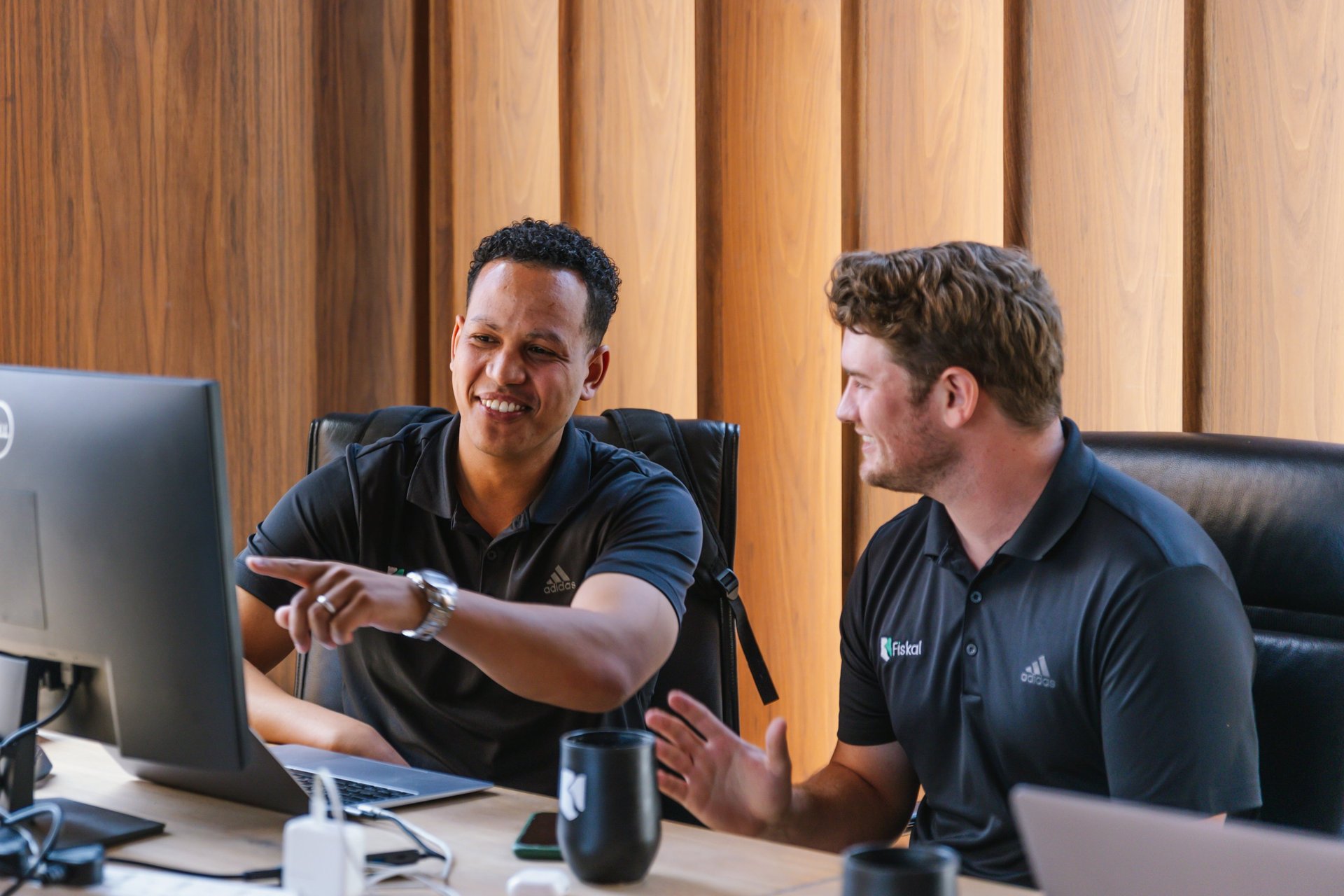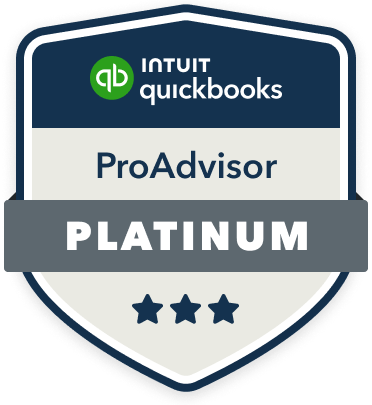
Best Inventory Management Software for Manufacturing: Top Systems for 2026
What works, and what fails, for $1M–$50M Ops. Choosing the right IMS for your manufacturing business can be the difference between chaos and control. Discover top inventory systems, learn why most go-lives fail, and see how companies like Safety First and Ghurka fixed their setups with Fiskal.
3PLSYSTEMS AND SOFTWAREECOMMERCE
Best Inventory Management Software for Manufacturing: Top Systems for 2026
Christo Kleinhans, COO @ Fiskal


Most manufacturers start with spreadsheets, QuickBooks, and a patchwork of apps. It works, until it doesn't.
As SKUs multiply and orders surge, these disconnected systems buckle. Inventory visibility blurs. P&Ls drift. Double entry becomes a full-time job.
Enter ERP. But picking the right ERP and getting it implemented correctly isn’t easy. Poor setups fracture data, obscure margins, and trigger costly rework.
This guide helps you:
Compare the best ERP inventory systems for mid-sized manufacturers
Understand why most ERP go-lives fail (and how to avoid it)
Learn from real-world recovery stories
Run a self-audit to assess your setup
Discover why Cin7 + Fiskal may be your most strategic move
1. The hidden cost of staying on Excel
2. What ERP systems work for $5M-$50M manufacturers?
At this growth stage, companies often rely on cobbled systems:
QuickBooks or Xero + Excel trackers
Entry-level inventory tools like Fishbowl or Katana
Disconnected EDI, 3PL, and forecasting apps
This patchwork fuels sync errors, decision lags, and chargeback risks. For example, if your EDI integration falters, you could oversell inventory or miss shipping windows, leading to costly penalties and damaged partner trust. Seamless EDI isn’t a luxury in manufacturing; it’s a lifeline.
Here’s a deeper look at each ERP option, followed by a summary table:
Cin7 Core
Best for: Growing manufacturers managing multiple warehouses and complex BOMs.
Price: Starts around $349/month
Deployment: Cloud-based
Overview: Cin7 Core (formerly DEAR) combines inventory, order, warehouse and accounting integrations in one cloud platform. It’s designed to give real-time visibility of SKUs, warehouse movement, and cost tracking without full enterprise overhead.
Key features:
BOM management and job costing
Multi-warehouse and 3PL integration
Landed cost tracking
Native Xero/QuickBooks sync
Pros:
✔ Excellent inventory-finance alignment
✔ Affordable for mid-market teams
✔ Modular add-ons for POS, 3PL, and marketplaces
✔ Real-time sync between inventory and accounting for accurate COGS
✔ Advanced landed-cost tracking for true margin visibility
✔ Scales across warehouses and channels without enterprise overhead
✔ Fast 6–10-week go-live with guided, finance-aligned setup
Cons:
✘ Setup complexity increases as workflows become more advanced
✘ UI can feel rigid for advanced customization
Cin7 Omni
Best for: Mid-sized manufacturers also selling D2C via marketplaces/retail.
Price: Custom / higher tier
Deployment: Cloud-based
Overview: Cin7 Omni builds on Core with POS, marketplace, and advanced retail functionality; ideal when manufacturing and direct sales channels operate in parallel.
Key features:
POS + marketplace order flow
Multi-channel inventory control
Unified reporting
Finance-inventory continuity across sales paths
Pros:
✔ Combines retail + manufacturing in one platform
✔ Inventory accuracy across all selling points
Cons:
✘ More complexity, more cost
✘ Longer implementations
Fishbowl
Best for: Manufacturers on QuickBooks needing stronger inventory/manufacturing without full ERP.
Price: Mid-tier
Deployment: On-prem or cloud
Overview: Fishbowl gives SMBs a scalable way to manage inventory and manufacturing without switching from QuickBooks.
Key features:
Work orders and multi-step builds
Sub-assembly BOMs
Inventory across locations
QuickBooks/Xero sync
Pros:
✔ Budget-friendly ERP-lite
✔ Popular for first-time manufacturing automation
Cons:
✘ Limited scalability
✘ Less flexible reporting/customization
NetSuite
Best for: Scaling manufacturers with global ops or deep finance needs.
Price: High; custom
Deployment: Cloud
Overview: NetSuite is a true ERP: finance, inventory, CRM, supply chain all in one. Ideal for global or enterprise-grade manufacturers.
Key features:
BOM, work orders, planning
Global inventory
Financials with consolidation
Pros:
✔ Complete ERP functionality
✔ Multi-entity, multi-currency
Cons:
✘ Expensive, time-intensive rollout
✘ Overkill for smaller teams
Katana
Best for: Small-to-mid manufacturers needing simplicity, speed, Shopify sync
Price: Starts ~$179/month
Deployment: Cloud
Overview: Katana is a light MRP system with strong DTC support—great for fast-moving product brands with basic manufacturing needs.
Key features:
Drag-and-drop production scheduling
Live inventory of materials/products
Shopify/Xero/WooCommerce sync
BOM support
Pros:
✔ Quick to onboard
✔ Great UX
✔ Low entry cost
Cons:
✘ Light on financial features
✘ Customization is limited
✘ Not built for scale
DOSS ERP
Best for: Manufacturers needing configurable workflows and scalable ERP without enterprise pricing.
Price: Mid-range, usage-based
Deployment: Cloud-based
Overview: DOSS ERP offers flexible workflow automation, inventory tracking, and production management features built for manufacturers scaling past spreadsheets but not yet enterprise-size.
Key features:
Work order management and production routing
Inventory across multiple warehouses
Vendor management and approvals
Custom workflow automation
QuickBooks and Shopify integrations
Pros:
✔ Modular and scalable for growing manufacturers
✔ Good workflow automation tools
✔ Responsive support for mid-sized teams
Cons:
✘ Smaller app ecosystem
✘ Requires expert setup to unlock full customization
Want to compare DOSS to Cin7 and others? Read our head-to-head ERP comparison for scaling brands →
Finale Inventory
Best for: Manufacturers and distributors needing rapid implementation and flexible barcode-driven workflows.
Price: Mid-range, based on users and orders
Deployment: Cloud-based
Overview: Finale Inventory is a lightweight, barcode-first inventory system used by ecommerce manufacturers or warehouse-heavy teams.
Key features:
Barcode scanning and mobile stock control
Order and supplier management
Light manufacturing support (basic builds, kitting)
Multichannel ecommerce integration
QuickBooks integration
Pros:
✔ Extremely fast to implement
✔ Great for barcode-based warehouses
✔ Ideal for ecommerce brands
Cons:
✘ Limited advanced manufacturing tools
✘ Lacks deep financial reporting or native BOM costing
Looking for alternatives to Cin7 for ecommerce and warehouse-heavy teams? Explore our ERP solutions guide →
ERP summary table
Pro Tip: For many $5M–$50M manufacturers, Cin7 Core + Omni offer the best cost-to-capability ratio, especially when implemented by an ops-savvy, finance-first partner like Fiskal.
ERP failure isn’t about software. It’s about skipping the hard stuff: process mapping, data prep, and team training.
Common Pitfalls:
No clear ownership of BOMs, SKUs, or reporting
Inventory and finance are misaligned
Rushed implementations that skip testing
Real-world fix:
Case Study: emergency vehicle fitting company
Before: Paper quotes. Warehouse blind to inventory. No margin visibility.
After: Fiskal implemented Cin7 Core with clean BOMs, job costing, and training.
Result: Real-time visibility and accurate, confident quoting.
3. Why ERP projects fail (and how to avoid it)
Use this checklist to spot hidden friction:
❌ Inventory counts don’t match sales reports
❌ Manual PO entry still dominates
❌ Syncs with Shopify, 3PL, or EDI fail often
❌ No clear owners for BOMs or reporting
4. ERP health check: is your setup holding you back?
Safety First Emergency Vehicles
Paper quotes, inventory confusion → Real-time control with Cin7 Core and Fiskal
Ghurka (luxury leather goods)
Disconnected systems, bad reports → Clean Cin7 Core + Xero setup, unified data
Wilson Manifolds (auto parts)
Bookkeeping chaos → Repeatable systems and trained teams
5. ERP recovery stories: real results with Fiskal
Not all ERP issues require starting over. Use this framework:
✅ When to rebuild:
BOM, sales, or procurement workflows are broken
Chart of accounts can't be reconciled
Vendor customizations limit functionality
🔧 When cleanup works:
Core processes are intact but messy
Data is salvageable
Training or syncs are the main issue
Example: A packaging manufacturer had reporting gaps and slow warehouse syncs. Initially thinking they needed a full rebuild, Fiskal’s audit revealed that the core workflows were sound. With targeted data cleanup, EDI sync repairs, and ownership training, they avoided a costly overhaul and regained control within weeks.
6. Fix or rebuild? How to decide
Why Cin7 + Fiskal = strategic ERP success
Cin7 offers a modular, cloud-based ERP that’s well-suited for manufacturers navigating the complexity of multi-warehouse inventory, EDI, and real-time margin tracking. It’s a scalable solution that supports growing operations, but its true potential is only unlocked when paired with expert implementation. Without the right setup, companies often encounter phantom inventory from BOM misconfigurations, misallocated landed costs, and unreliable financial reporting due to disconnected charts of accounts.
This is where Fiskal comes in. Rather than approaching ERP as a software install, Fiskal aligns the system with your actual workflows, bridging operations and finance so the ERP reflects how your business really runs. Their team delivers role-based training tailored to your staff, ensures go-lives hit milestones, and stays engaged post-implementation through quarterly health checks. Case studies prove it: for mid-market manufacturers facing data chaos or unclear margins, Fiskal’s partnership turns ERP frustration into operational clarity, confidence in quoting, and a reliable system that grows with you.
Final word: don't just "go live." Go long-term.
ERP is your company's nervous system. It's not just a tech install, it's a strategic enabler that requires continuous attention.
Most ERP challenges arise not from the initial setup, but from neglecting long-term optimization. Regular audits, user training, and alignment between finance and operations are key to realizing full ROI.
That’s why Fiskal offers quarterly ERP health checks, to ensure your system evolves with your business and stays aligned with your strategic goals.
Set your team up for clarity, not chaos.
Next steps
Book a 30-minute ERP system audit, with zero-pressure clarity on what's working and what's not, or explore Cin7 optimization with Fiskal. From cleanup to rebuild, Fiskal can guide the way.
📞 Or call us directly: (954) 415-7895










